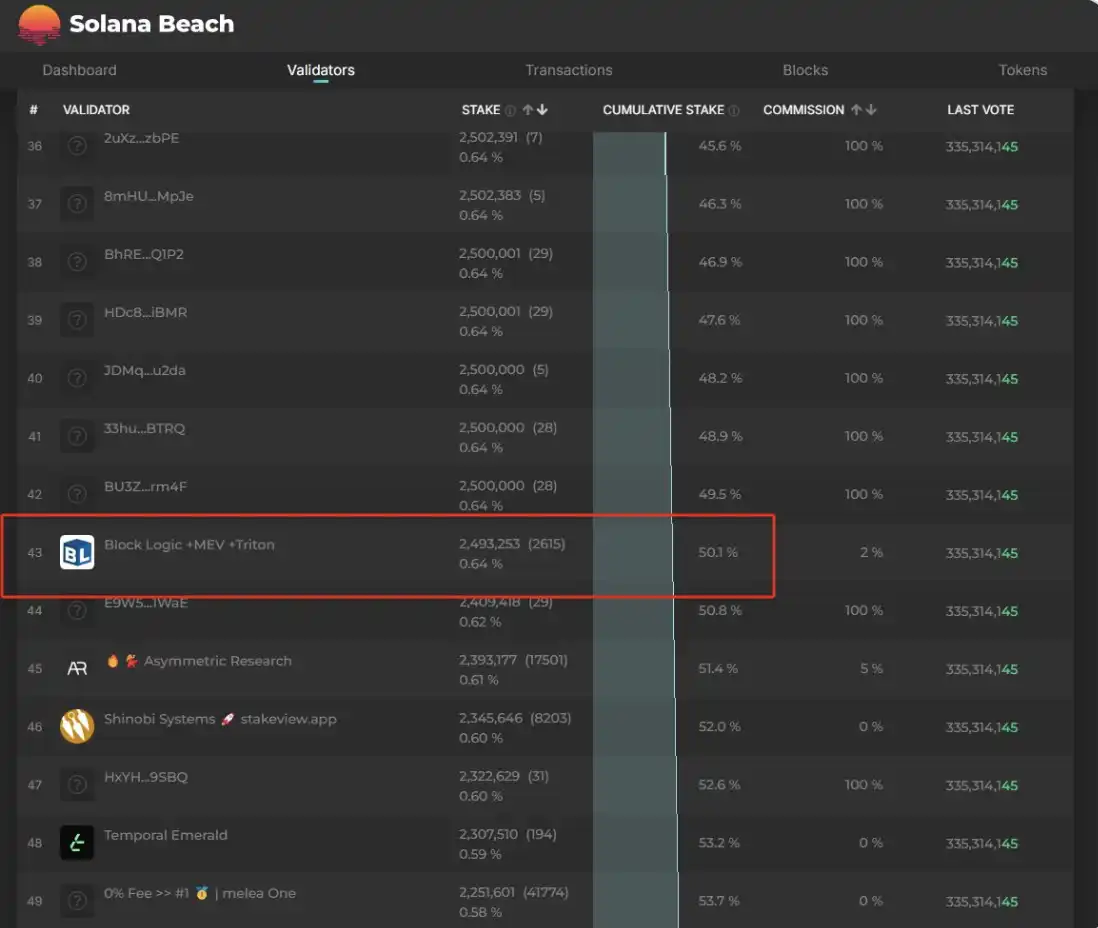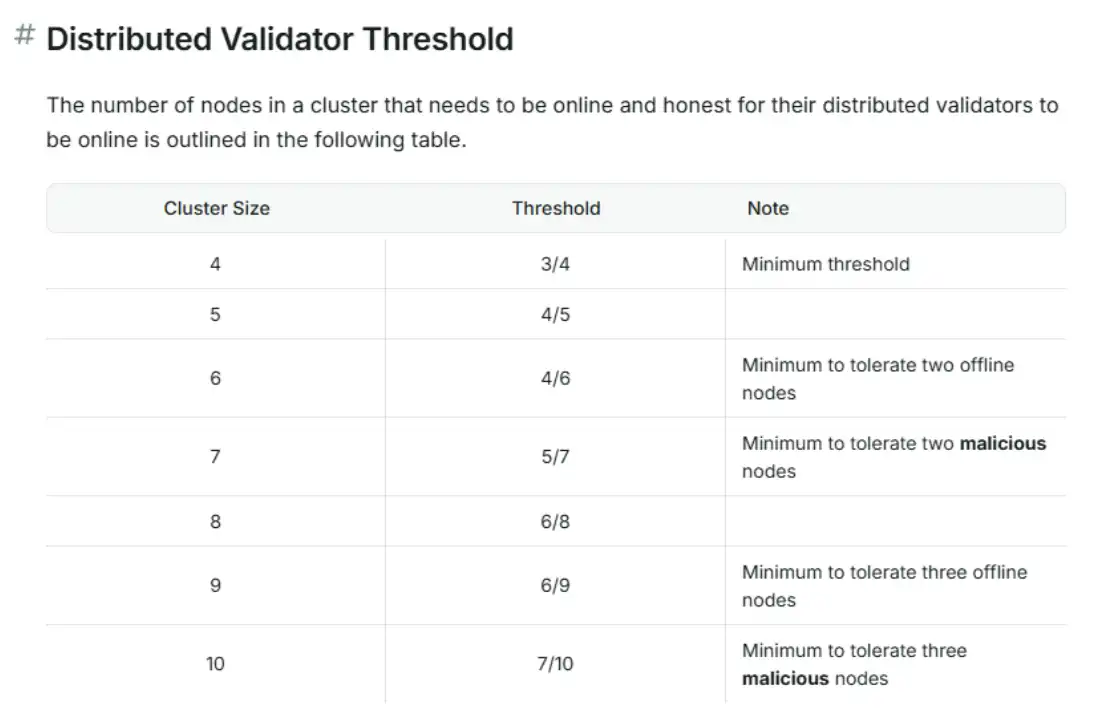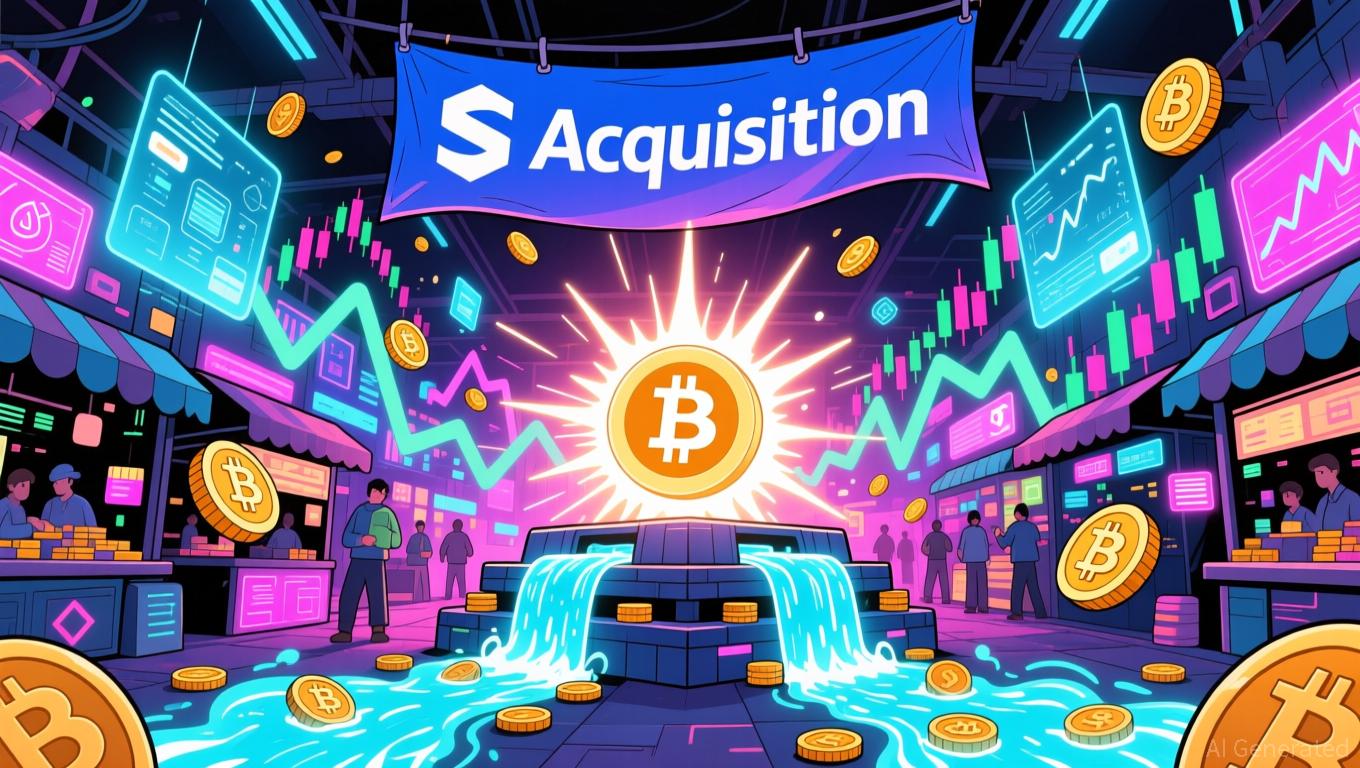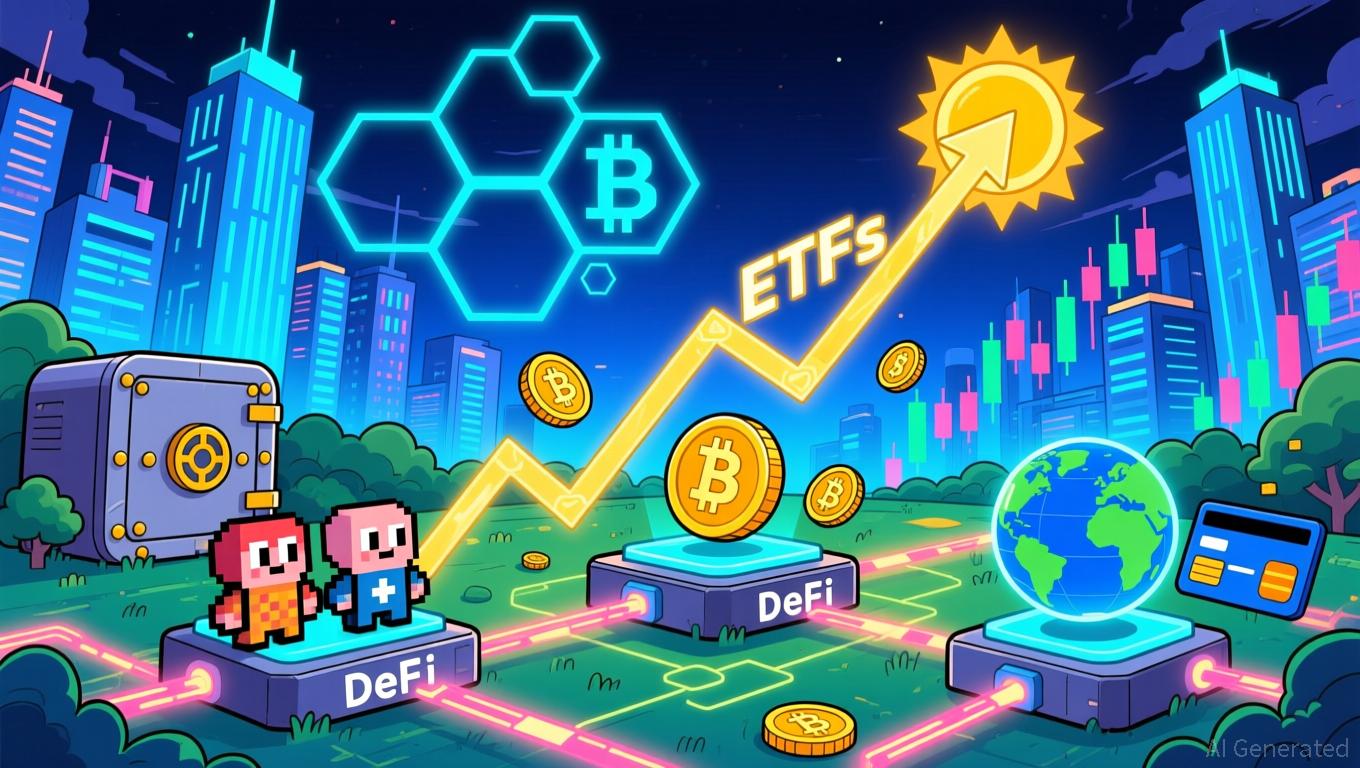ETH vs SOL Showdown: Node War and Infrastructure Moat Behind $587 Billion Staked
However, despite the funding bet having come to the same level, in terms of security, ETH still holds a slight edge.
Original Author: 0xTodd, Partner at Nothing Research
A few days ago, I saw a post saying, "Now that Solana's staking amount has exceeded ETH's staking amount, does this mean that Solana's chain security has surpassed ETH's?" This statement is too misleading, to the point that many people actually believe it.
But that's not the case. Let's look at some data:
The staking data for ETH is 34M ETH, worth around $610 billion; Sol's staking data is 388M SOL, worth around $587 billion.
SOL has indeed reached the same level as ETH, if not slightly below SOL, especially before the recent ETH rebound. (Data source: Beaconcha Solana Beach). Considering that both have a PoS mechanism attack threshold of around 33%, the theoretical attack difficulty seems to be the same.
33% can prevent block production, 51% can create a new longest chain, 67% can execute double spends. But in terms of practical difficulty, attacking ETH is significantly harder than Solana.
P.S.: Of course, assuming the success rate of attacking SOL is 0.001%, the difficulty of attacking ETH might be 0.0001%. Although the difference is significant, it is important to note that both are still highly unlikely events. The reasons for this are (1) node centralization and (2) Staking infrastructure maturity.
I. Node Centralization
Let's first consider a scenario: imagine a magical hacker who exploits a 0-day vulnerability and successfully compromises Amazon and major cloud service providers' data centers. Then, controlling Solana> 50% requires obtaining the nodes ranked in the top 43 simultaneously. It's challenging but not impossible.

On the other hand, for ETH, with each node staking a maximum of 32 ETH, one would need to acquire 1,187,000 nodes, which sounds like an insurmountable task. Of course, this calculation might seem unfair to Solana because fundamentally, ETH is also operated by numerous node operators. An entity may own tens of thousands of nodes. Yet, based on the current list of node operators on Rated... you will find that all registered ETH node operators combined represent only 47.5%, not even close to reaching the 50% threshold. It remains an impossible task.

The reason is that ETH, as an ancient public chain, has truly experienced an ancient PoS attack and has indeed made a lot of preparations to prevent this potential danger, such as encouraging retail participation in staking. Ethereum's 32 ETH threshold is not high, while Solana has high server requirements, with monthly costs being 5-10 times that of ETH, and this is just the entry level. So, if retail investors want to break even, they need to stake at least 10K SOL or more, and the yield is even lower than Jito's.
II. Infrastructure Maturity
Many ETH staking infrastructures, including @LidoFinance and @Obol_Collective, have also done a lot of homework. For example, Lido requires nodes to use fewer Amazon data centers and more niche data centers. They use fewer mainstream clients and support more niche clients. In addition, Lido specifically allocates 4% of the ETH to support Delegated Proof-of-Stake (DVT) infrastructure such as Obol and SSV. As for Obol, it is DVT technology. You can think of it as your node being collectively managed by a cluster rather than a single entity. For example, if four people manage a node, you can set it as 3/4, so that if one node goes offline, the other nodes can immediately take over. If you set it as 10, then you can set it as 7/10, tolerating a maximum of three nodes offline.

Note: On ETH and most PoS chains, node downtime is also considered a form of malicious behavior. If 33% of nodes go offline, the chain will become paralyzed. Moreover, Obol's uniqueness lies in the fact that it achieves the cluster through a client, so your private key (fragment) will not be uploaded to the chain, making it more secure. This is achieved through DKG (I can share more about DKG later when I have time). Recently, Obol just launched on the mainnet, and those interested can go check it out at @ebunker_eth.

Therefore, infrastructure designed for ETH staking like Obol currently does not exist for Solana. Of course, this is not to praise one and criticize the other; both chains are very secure. However, even though the stakes have reached the same level, in terms of security, due to node concentration and infrastructure maturity, ETH still has a slight edge.
Disclaimer: The content of this article solely reflects the author's opinion and does not represent the platform in any capacity. This article is not intended to serve as a reference for making investment decisions.
You may also like
Solana News Today: Altcoin ETFs See Growth While Bitcoin and Ethereum Funds Face $4.2B Outflows in 2025
- Coinbase acquires Vector DEX to expand Solana integration, aiming to become an "everything exchange" with faster trading execution. - Altcoin ETFs (Solana, XRP) attract $632M in inflows, contrasting $4.2B outflows from Bitcoin/Ethereum ETFs amid macroeconomic uncertainty. - Institutional infrastructure advances include GSR's unified trading platform and GoPlus' $5B+ token security API usage, addressing volatility risks. - Market shifts toward diversified assets and institutional-grade tools persist as re

Bitcoin Updates: American Bitcoin Holders Pull Back While Asian Markets Strengthen Amid Changing Crypto Liquidity
- Coinbase's Bitcoin premium index hit -0.0499% on Nov 19, its widest negative level since Q1 2025, reflecting U.S. selling pressure and institutional profit-taking. - U.S. Bitcoin ETFs saw $2.47B in redemptions (63% of total outflows) as prices fell to 7-month lows, contrasting with rising Asian liquidity in spot markets. - Asian markets absorbed BTC inflows while U.S. capital retreated, signaling geographic liquidity reallocation rather than structural demand decline. - Macroeconomic factors including fa
2025's Business Landscape: Strategic Shifts Across Industries Transform Market Dynamics
- 2025's corporate landscape saw GSK transfer £17.995/share treasury stock to employee trusts, reflecting firms using share reserves for talent retention amid tight labor markets. - Formula 1's U.S. sponsorship boom (125 companies in 2025 vs. 44 in 2017) highlighted tech/AI partnerships as innovation-driven sponsorships reshaped the sport's commercial strategy. - Coinbase's acquisition of Solana-based DEX Vector (its 9th 2025 deal) aligned with $1T+ Solana DEX volume growth, signaling crypto exchanges' pus

Solana News Update: Solana ETFs Draw $421 Million Despite Price Drop, Bucking Overall Market Decline
- 21Shares launched a Solana ETF (TSOL) in the U.S., joining Fidelity and Bitwise in driving $421M in inflows despite SOL's 30% price drop. - Institutional interest grows as ETFs highlight Solana's real-world use cases in DeFi and gaming, though technical indicators show bearish momentum. - Regulatory clarity and staking innovations may sustain long-term adoption, but SOL faces critical resistance at $140 amid macroeconomic uncertainties.

